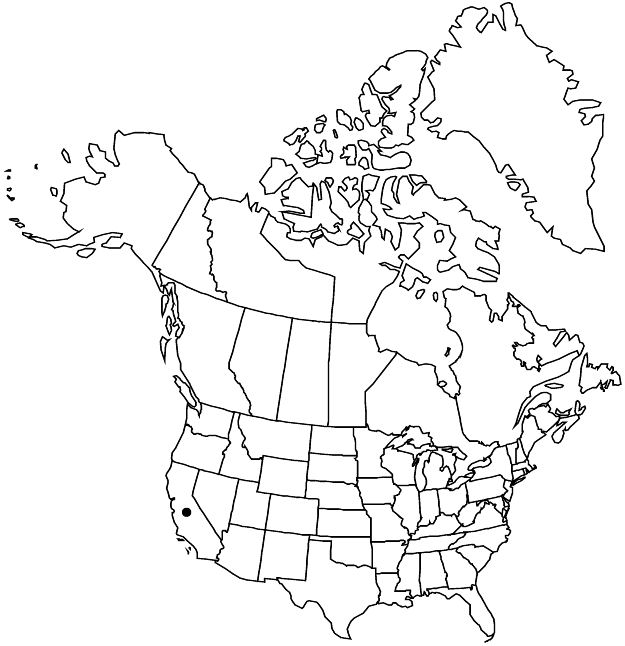Lavatera olbia
Sp. Pl. 2: 690. 1753.
Subshrubs or shrubs, usually 1–2 m. Stems woody at base, bristly-hairy, young stems tomentose, infrequently glabrescent. Leaves reduced distally; stipules narrowly lanceolate, 2–4 mm; petioles to 10 cm in proximal leaves, reduced distally to 1/4 blade length; blade green, to 15 cm, surfaces densely stellate-tomentose, proximal blades broadly to narrowly ovate, 3–5-lobed, lobes lanceolate to ovate, margins crenate-dentate to nearly entire, apex acute to rounded, distal blades oblong-ovate to lanceolate, often slightly 3-lobed and subhastate. Inflorescences solitary flowers or congested racemelike distally, subsessile. Pedicels 0.2–0.7 cm, not elongating in fruit; involucellar bractlets connate halfway, subequal to calyx, lobes wide-ovate, apex acuminate. Flowers showy; calyx divided halfway, campanulate, ciliate, hispid-hairy, lobes abruptly acuminate, ± enclosing fruit; corolla 4–6 cm diam., petals pink to purple-violet, veins darker rose, 2–3 cm, bases not overlapping (calyx visible between), apex shallowly notched; staminal column glabrous; anthers on upper 3/4 of stamen column, pink to yellowish; style 17–19-branched (same number as locules). Mericarps 17–19, tomentose or hispid, sides sometimes glabrate. 2n = 42.
Phenology: Flowering Jun–Aug(–Oct).
Habitat: Disturbed habitats
Elevation: 0–100 m
Distribution

Introduced; Calif., sw Europe
Discussion
Lavatera olbia is widely cultivated as a garden ornamental and along highway medians; it only rarely escapes or naturalizes, but a few apparent escapes have been found in Monterey, Orange, and San Francisco counties. Lavatera olbia and L. thuringiaca hybridize to produce the occasionally cultivated hybrid Lavatera ×clementii Cheek.
Selected References
None.
Lower Taxa
"narrower" is not a number."not elongating" is not a number.